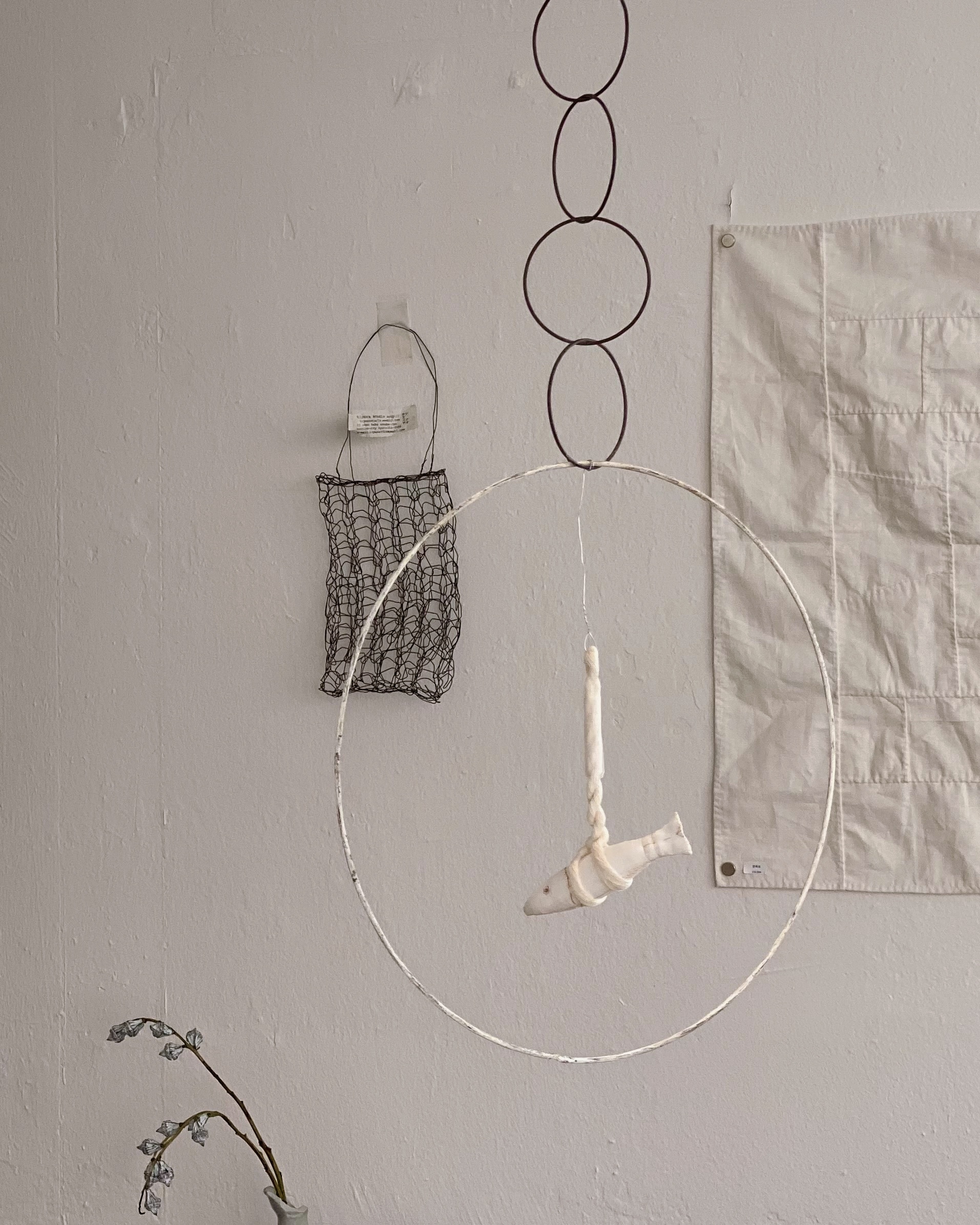
Twice the New Year
Written Date : Jan 24, 2025
In Korea, two New Years are celebrated. January 1st marks the solar New Year, but the true beginning comes with Seollal, the Lunar New Year. Seollal, one of Korea's most important holidays alongside Chuseok, is a time for family reunions and meaningful traditions. The days between January 1st and Seollal feel like a quiet preparation for the year ahead.
Seollal is more than just a vacation. It is a holiday focused on family and tradition. Families come together after long absences to spend quality time or create memories through shared trips. This special time is filled with warmth and customs that highlight Korea's rich cultural heritage.
"Saehae Bok Mani Badeuseyo!"
New Year in Korea begins with the warm greeting "Saehae Bok Mani Badeuseyo (새해 복 많이 받으세요.)," which means "May you receive many blessings in the new year." Unlike the simple cheer of "Happy New Year," this phrase holds deep cultural meaning.
The word "bok (복)" represents blessings that extend beyond luck or fortune. It includes a healthy and long life, harmonious relationships, material stability, and peace of mind. Seollal is a time to share these blessings, wish them upon others, and welcome them into your own life. Let’s see how these blessings are shared and symbolized during Seollal.
Sebae and Sebaedon : The Cycle of Blessings
The New Year begins with sebae, a deep bow of respect from younger family members to their elders. This gesture expresses wishes for health and longevity. Elders respond with sebaedon, or New Year’s money, often accompanied by words of encouragement for a prosperous year.
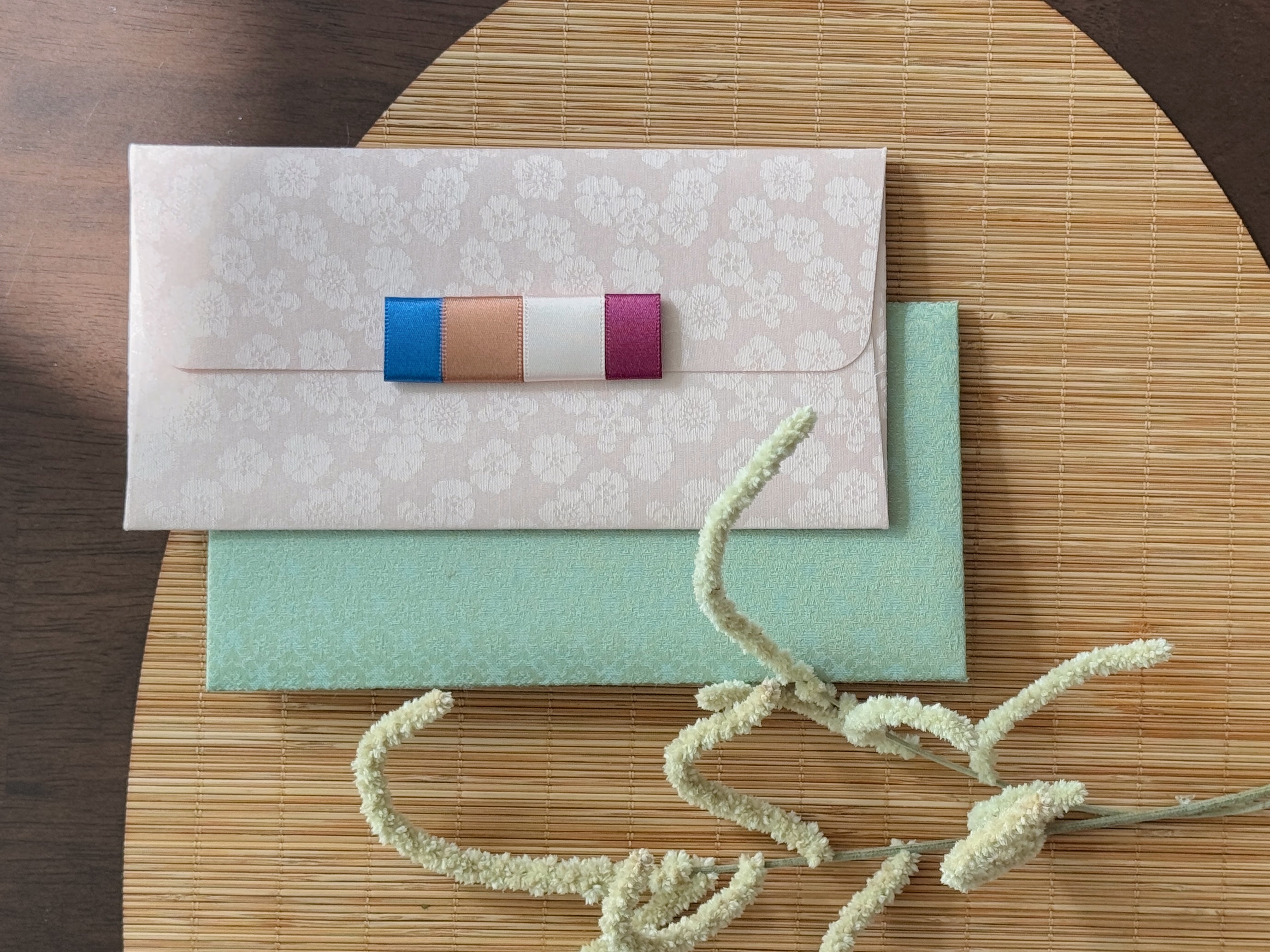
Sebaedon is more than a monetary gift. It is a symbolic gesture of sharing blessings and is often presented in envelopes.
Bokjori : Scooping Up a Year of Blessings
The bokjori, originally a kitchen tool for sifting rice, is a symbol of blessings during Seollal. Many believe that hanging a freshly purchased bokjori early in the morning invites abundance for the year ahead. Families sometimes prepare one bokjori for each member, placing them above doorways or in the kitchen to ensure everyone receives their share of good fortune.
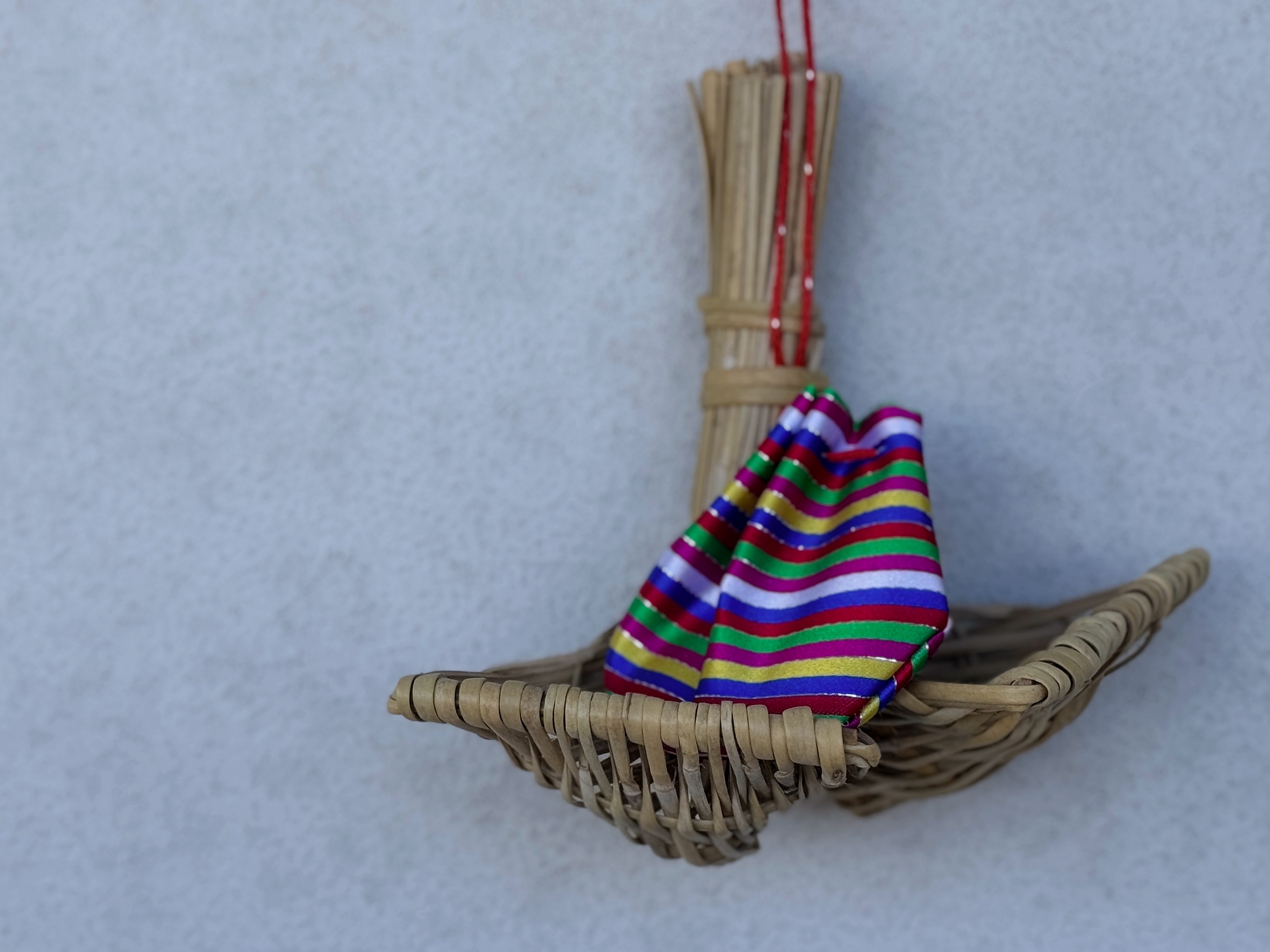
Some families hung a bokjori for each member above doorways or in the kitchen, a simple yet meaningful way to welcome prosperity during Seollal.
Myeongtae : The Guardian of the Home
Myeongtae (dried pollock) represents protection and good luck. Its large eyes and open mouth were believed to see and ward off negative energy. Families traditionally hung myeongtae above doorways or near entrances, positioning its head to face east for maximum protective power. Today, decorative versions made from modern materials are popular as gifts and blend tradition with creativity.
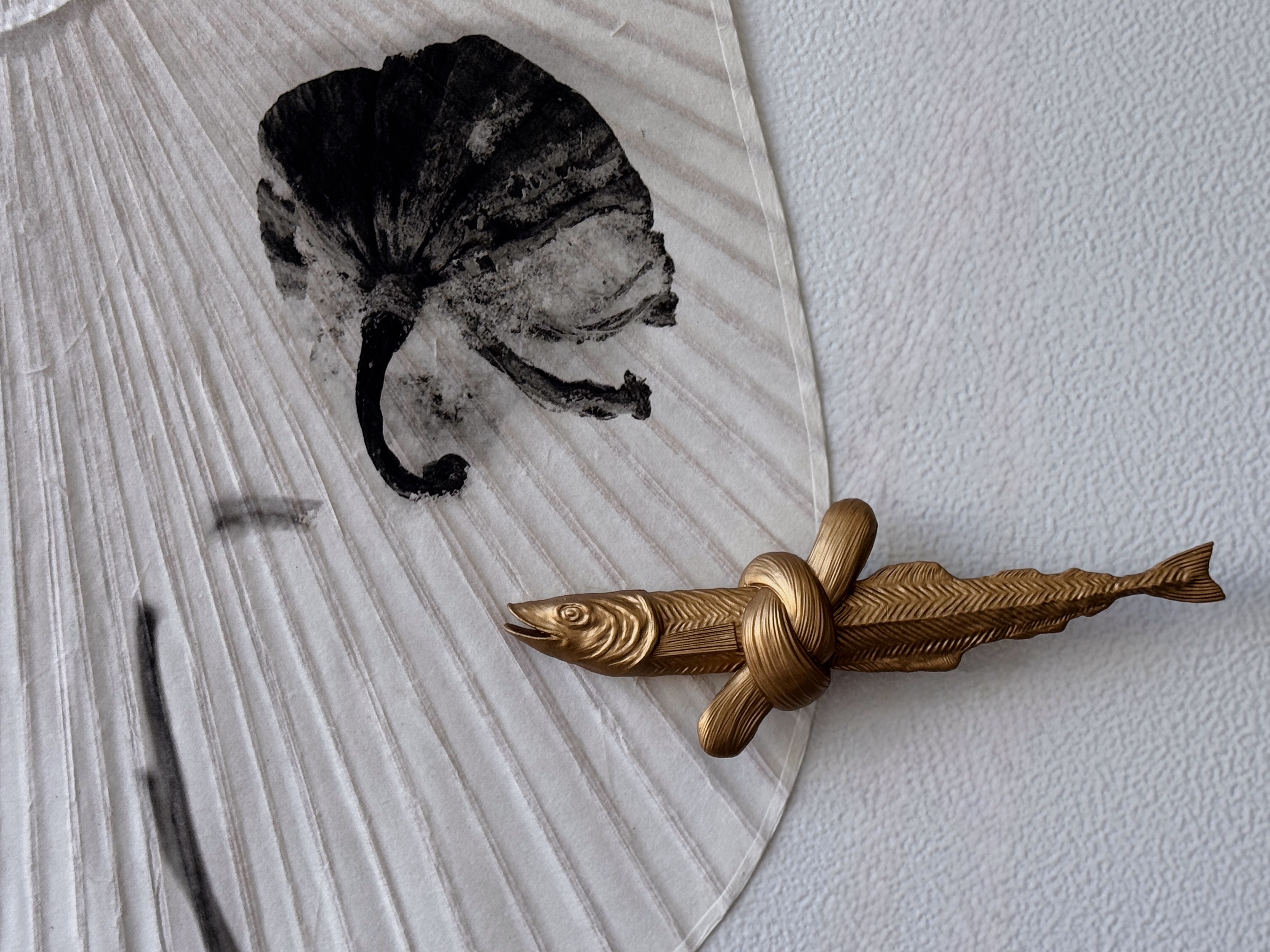
Myeongtae is believed to purify incoming energy while warding off negativity and protecting the household.
Sehwa : Blessings on Canvas
Sehwa are traditional paintings that were once hung on gates or doors during Seollal. They were used to ward off evil spirits and bring peace to the home. Dragons were popular motifs in royal palaces, while common households used roosters, tigers, or mythical creatures like haetae for protection. Although the custom of hanging sehwa has faded, their cultural significance remains. This year, Gyeongbokgung Palace is hosting a special event recreating the royal tradition of gifting sehwa. It is a unique opportunity to connect with Korea’s rich heritage.
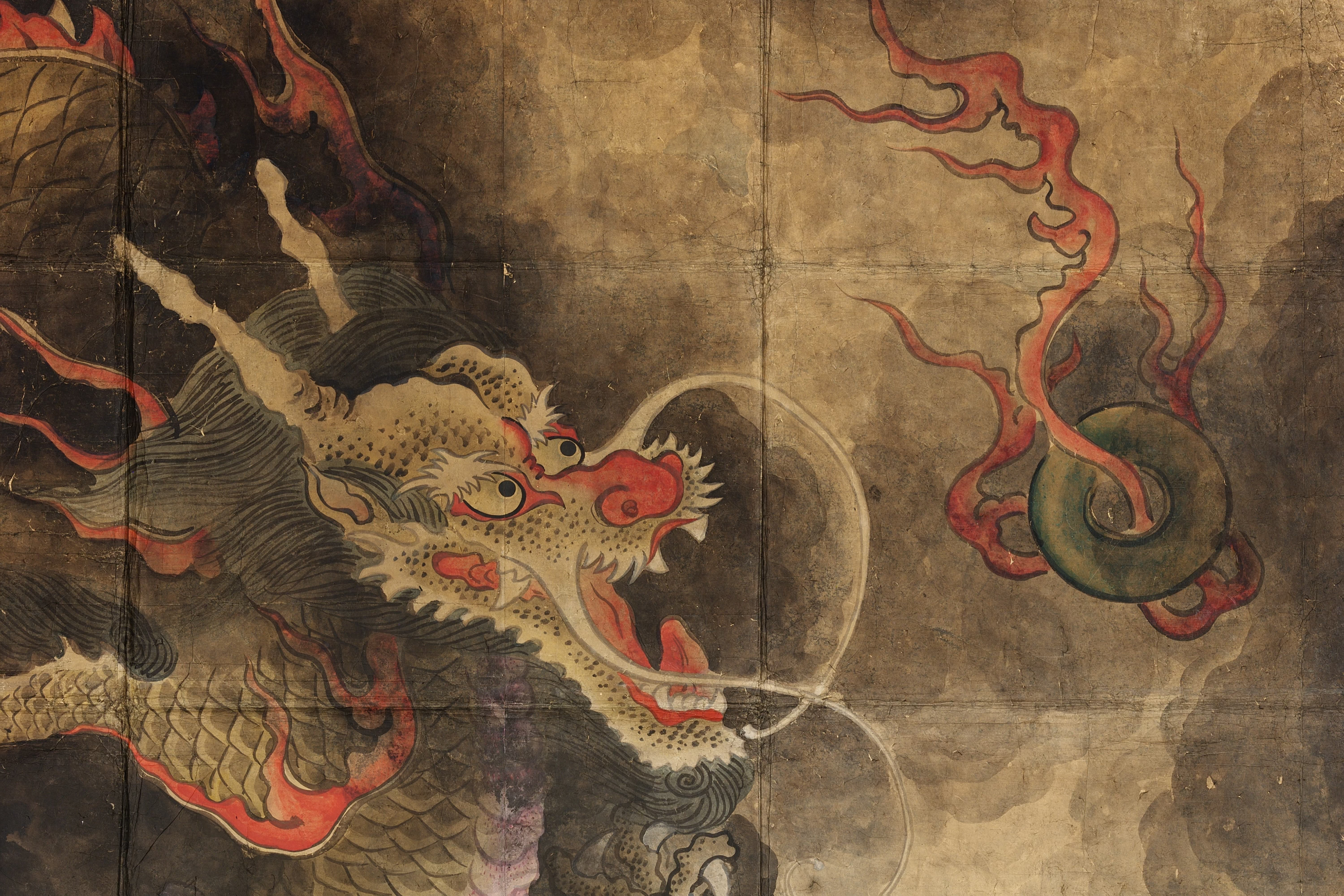
The Cheongryongdo, a type of sehwa, was hung on palace or government gates during the New Year to ward off evil, featuring bold brushwork and a grand 2-meter scale. (Source: National Museum of Korea)
The True Heart of Seollal
At its core, Seollal is a celebration of family. Families gather to perform ancestral rites, express gratitude to their ancestors, and share traditional dishes like tteokguk (rice cake soup), mandu (dumplings), and jeon (savory pancakes). These dishes, steeped in symbolism, represent unity, longevity, and abundance.
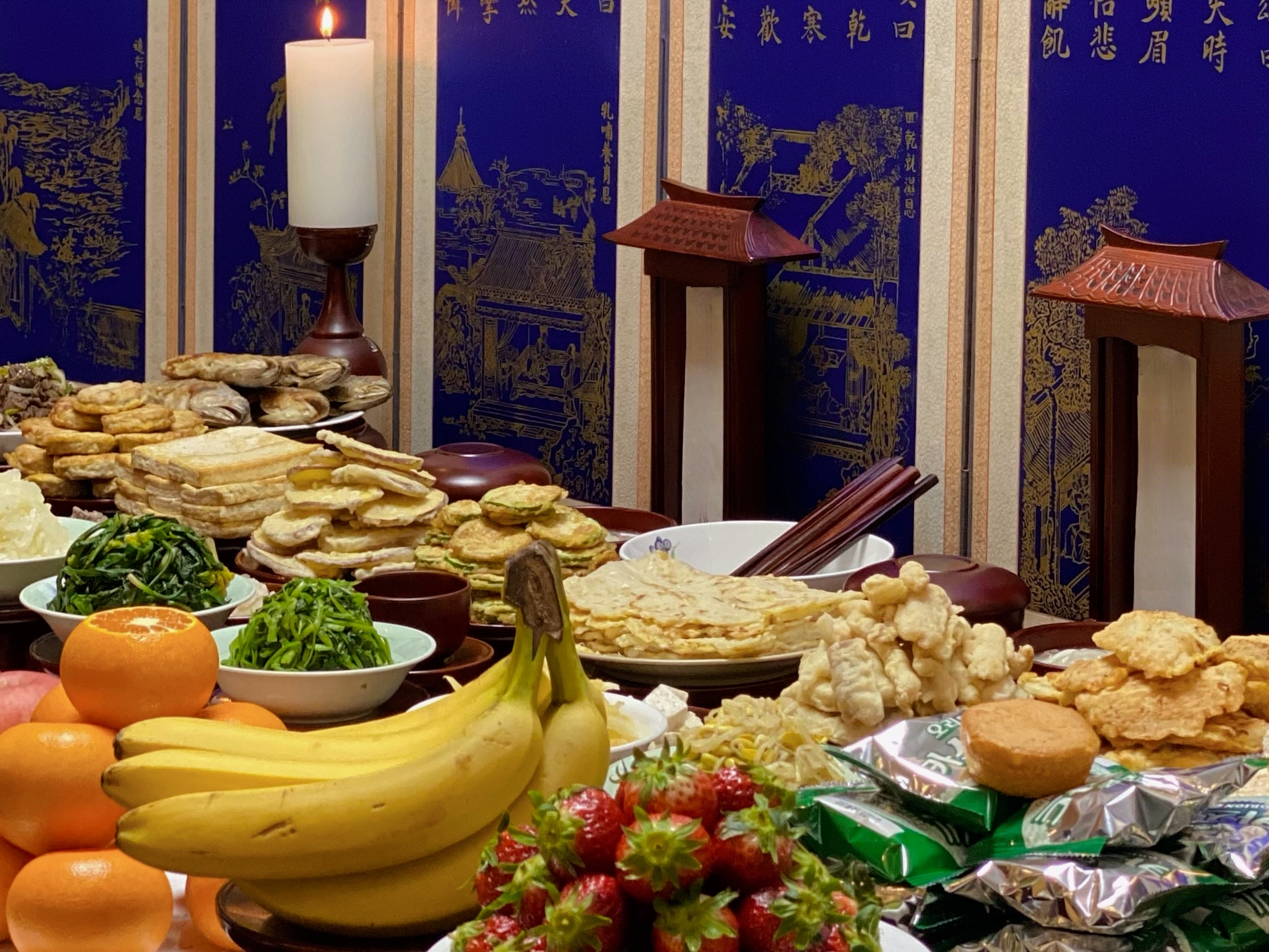
Honoring ancestors while sharing a meal fosters a sense of belonging and continuity, making Seollal a time to connect the past, present, and future.
This Seollal, hang a bokjori on your wall, exchange heartfelt words of encouragement, and celebrate the joy of togetherness. From KOYU to you, we wish you a year filled with blessings and happiness. Saehae Bok Mani Badeuseyo!